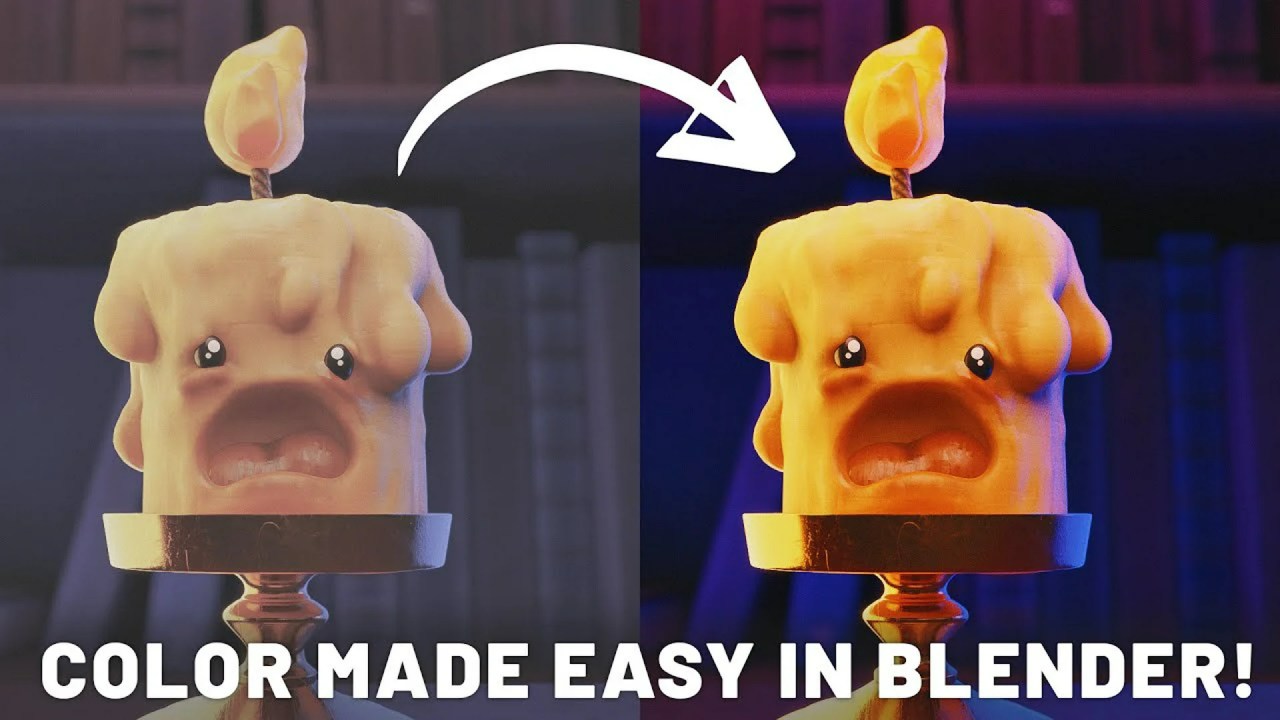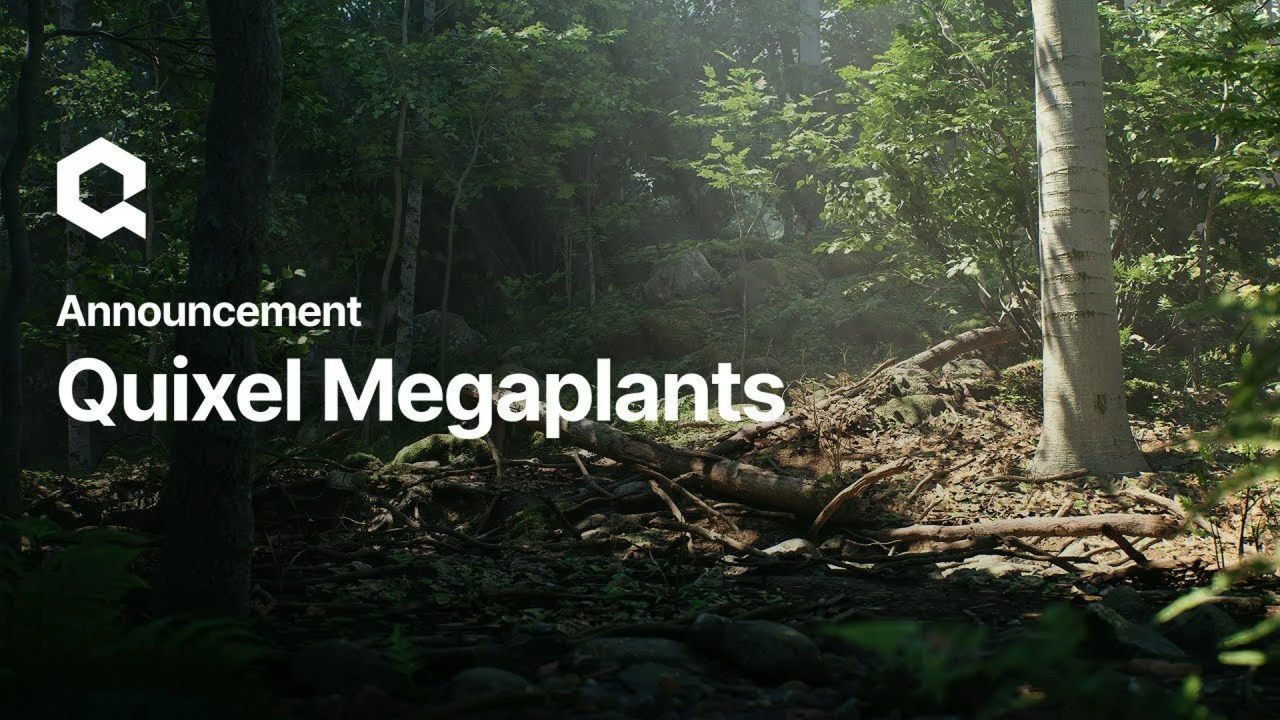Discover insider techniques for professional 3D art. Master model optimization, craft textures that tell a story, and apply expert tips to evolve your portfolio from novice to industry-ready. Improve your abilities now!
Many hopeful 3D artists invest enormous effort into impressive visuals, yet their work often goes unnoticed by studios. The reality is that advancing from hobbyist to pro involves more than pure artistic talent; it requires grasping the specific needs of production pipelines and producing assets that are both attractive and optimized for real-time engines. That difference frequently dictates whether you earn $10/hr or $100/hr.
Senior 3D Artist Robin Mariancik of Sierra Division, a veteran who has worked on notable projects like Counter Strike 2 and Nvidia’s Racer X demo, clarifies this divide in a recent tutorial. He stresses that professional-grade art must integrate smoothly into game engines, performing well without losing visual quality. As game visuals continue to advance, the need for artists who balance striking aesthetics with solid technical execution keeps growing.
The Impact of UV Optimization on Game-Ready Models
A fundamental aspect of crafting professional, game-ready models is careful UV optimization. Mariancik points out that poorly arranged UVs can undermine both appearance and performance in an engine. He strongly recommends using RizomUV, especially its “constraints” toolset. These constraints—horizontal, vertical, diagonal, and cancel—help straighten warped edges on UV islands, greatly enhancing packing efficiency.
The workflow is simple: go to edge mode, pick an edge (or several), apply a constraint, then unwrap and polish. Straightened edges yield more regular islands, increasing overall texel density. The tutorial shows an unoptimized piece with a texel density of 989 pixels per meter. By straightening islands, mirroring identical parts, and reducing density in less noticeable areas, that figure can climb to over 1266 pixels per meter—a notable 22% gain. This leads to visibly crisper textures at the same resolution, proving optimization is a vital part of high-quality production assets, not just a technicality.
Textures as Storytelling Tools: Look Past the Surface
Aside from technical tweaks, professional 3D art succeeds by using textures to tell a story. Every scratch, ding, and unique mark should support the narrative and pull players deeper into the environment. This begins with careful reference gathering. The artist recommends using reverse-image tools like Yandex, B, or Lenso AI to locate different angles, matching materials, higher-res sources, or fresh creative ideas from existing photos. Cropping a specific area and searching that fragment can reveal highly relevant references.
Mariancik highlights that artists mustn’t merely copy references but understand why visual traits exist. He demonstrates this with dark patches on a motorcycle: by analyzing an uploaded image with an AI like ChatGPT, he validated his hypothesis that these areas were corrosion-preventing touch-ups. Their darker tone on a faded blue bike came from a distinct paint that resisted fading. Knowing this context enables an artist to replicate the effect accurately, placing it where it makes sense for believability.
Streamlining Workflow and Getting Constructive Critique
When designing a texture, Mariancik suggests combining bits from several references. This planning means deconstructing the effect into layers—such as a hand-painted mask for main shapes, a base color, an edge halo, and softened dark areas for exposed spots, possibly adding warp effects for more breakup. Layering in this way produces depth and realism.
Continuous growth also depends on outside perspectives. Honest critiques from peers or mentors help overcome creative blind spots and reveal opportunities for improvement. Ultimately, standing out requires a full grasp of the production pipeline—from concept to a polished, game-ready asset that satisfies industry expectations.
For those wanting structured instruction and a community to boost their abilities, Robin Mariancik provides one-on-one mentorship via the Sierra Division Academy. It’s a chance to craft a portfolio studios will notice and move toward a successful game-industry career. You can also view his portfolio on ArtStation.
Source:
What Makes You $10/hr vs $100/hr – The Common 3D Mistakes Holding You Back



